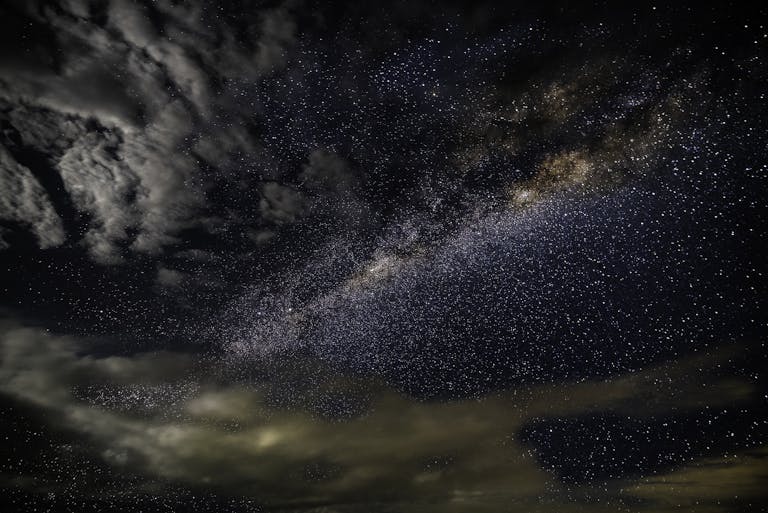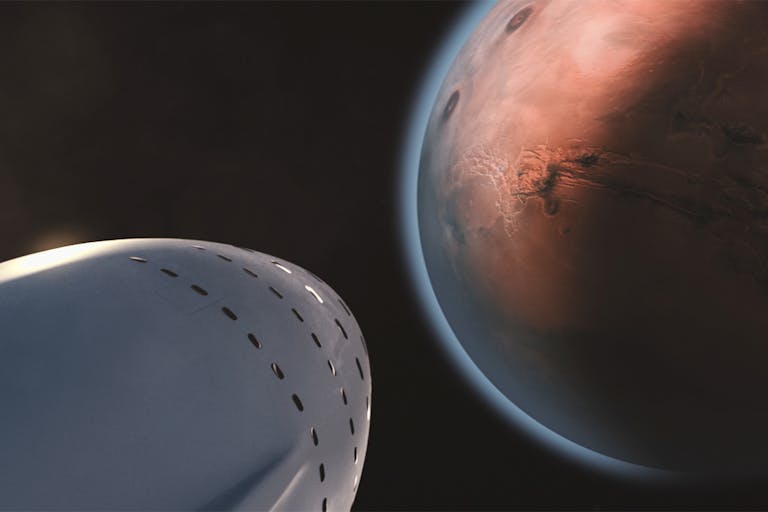A Second Instrument Could Turn NASA’s Habitable Worlds Observatory Into a True Exoplanet Hunter

NASA’s upcoming Habitable Worlds Observatory (HWO) may become the most advanced telescope ever built for finding Earth-like planets—and a new proposal could make it even more powerful. A team led by Fabien Malbet from the University of Grenoble Alpes has suggested adding a second instrument to the mission, one that could track the minute movements of stars with incredible accuracy. If approved, this addition could allow the observatory to find hundreds of nearby Earth-size planets, vastly expanding humanity’s search for habitable worlds.
What the Habitable Worlds Observatory Is Designed to Do
The Habitable Worlds Observatory is NASA’s next planned “Great Observatory,” following in the footsteps of the Hubble Space Telescope and the James Webb Space Telescope (JWST). Its main goal is to search for signs of life—known as biosignatures—in the atmospheres of at least 25 Earth-like exoplanets. The HWO will use a coronagraph, an instrument designed to block starlight so that faint planets can be seen directly, something JWST can only partially do.
NASA plans to start full-scale development of HWO in the 2030s, with a potential launch in the 2040s. This gives the team plenty of time to refine its design—and that’s where Malbet’s new proposal comes in.
The Idea of Adding a Second Instrument
The current design of HWO relies heavily on its coronagraph to identify targets, but finding the right planets to study will still be a massive challenge. The new proposal introduces an astrometry instrument, a system capable of detecting the tiny wobble of stars as they’re tugged around by orbiting planets. This wobble is minuscule—far smaller than what current telescopes can detect—but it carries a wealth of information.
The proposed instrument would achieve astrometric precision of 0.5 micro-arcseconds (µas). To put that into perspective, that’s about 400 to 600 times more precise than the Gaia spacecraft, currently the world’s most advanced astrometric observatory, which operates at around 20–30 µas. This extreme sensitivity would make HWO capable of spotting Earth-size planets orbiting hundreds of nearby stars, not just the gas giants that Gaia and other missions have found.
How Astrometry Works
Astrometry is one of the oldest techniques in astronomy for discovering planets. It works by precisely measuring a star’s position in the sky and looking for subtle shifts over time. These shifts occur because planets exert gravitational pulls on their stars, causing tiny wobbles that can be detected with sensitive instruments. The smaller the planet, the smaller the wobble—meaning that higher precision reveals smaller worlds.
While missions like Gaia and Hipparcos have made incredible progress using astrometry, their sensitivity hasn’t been high enough to detect rocky, Earth-mass planets. The new HWO instrument would change that. With its proposed 0.5 µas precision, it could identify planets similar in mass to Earth orbiting within 10–20 parsecs (about 30–65 light-years) from our solar system.
What Makes This Instrument So Precise
To achieve this extraordinary level of accuracy, the instrument will need two things: extreme calibration and lots of data.
The team proposes using a Detector Calibration Unit (DCU)—a specialized system that projects light and dark interference patterns onto the telescope’s CMOS detector. These patterns allow scientists to measure and correct for tiny imperfections in each pixel, ensuring that even the smallest positional errors are fixed before they distort the data. Essentially, it helps scientists know exactly where each pixel “is,” which is crucial when you’re measuring movements of less than a millionth of an arcsecond.
The second requirement is a lot of measurements. Malbet’s team estimates that the HWO would need to take at least 100 observations of each target during its 3–4 year operational period. This high number of images helps reduce random noise and ensures that any remaining uncorrected errors don’t skew the results. By stacking hundreds of images together, the final data can reach the precision required to confirm a planet’s existence.
Beyond Exoplanets: Dark Matter Science
Interestingly, this ultra-precise instrument could also help tackle one of astronomy’s biggest mysteries: dark matter. Current models of Cold Dark Matter (CDM) suggest that galaxies should have dense “cusps” of dark matter near their centers. However, observations show that many galaxies have smoother “cores” instead. The reason for this discrepancy is still unknown.
With its sensitivity to incredibly small gravitational effects, the HWO’s astrometer could detect minute stellar motions caused by concentrations of dark matter. It might even spot gravitational lensing—tiny distortions of light caused by dark matter “spikes” along the line of sight. This could give scientists a new way to test competing theories about how dark matter behaves in galaxies.
Building on Previous Work: The Theia Connection
The concept isn’t entirely new. Malbet and his colleagues were previously involved in the Theia mission proposal, a European Space Agency concept that would have used a standalone space telescope to perform high-precision astrometry. Theia was never launched, but its design and technological groundwork make it an ideal foundation for adapting the system to the Habitable Worlds Observatory.
By integrating this instrument directly into HWO, NASA could essentially merge two missions into one—expanding HWO’s scientific reach while saving the cost of launching a separate observatory.
Technical Challenges
Of course, achieving this kind of precision isn’t easy. Several challenges stand in the way:
- Detector stability: Even slight shifts in the telescope’s mirrors or imperfections in its sensors can introduce measurement errors.
- Thermal fluctuations: Temperature changes in space can warp optical components by microscopic amounts, enough to ruin ultra-precise measurements.
- Calibration complexity: The DCU system must map the detector with an accuracy of better than one part in 100,000, meaning pixel positions must be known to within a few nanometers.
- Mission planning: Taking 100+ measurements per star requires a careful balance between observation time and other HWO science goals.
Despite these challenges, the team believes the technology is well within reach. Ongoing testbeds in Europe and the U.S. have already demonstrated parts of the required performance in laboratory conditions.
Why This Matters
The addition of an astrometry instrument would make the Habitable Worlds Observatory a dual-purpose mission—both a planet hunter and a biosignature analyzer. The astrometry data would reveal where the planets are and how massive they are, while the coronagraph would then study what their atmospheres are made of.
Together, these two instruments could help identify which planets are most likely to host life. For example, knowing a planet’s mass helps scientists understand its composition—whether it’s rocky like Earth or gaseous like Neptune—and its ability to hold an atmosphere. Combining that with atmospheric spectroscopy from HWO’s coronagraph could be the key to finding truly habitable worlds.
And beyond exoplanets, the dark matter insights could open up a completely new branch of astrophysics for NASA’s observatories, connecting cosmology and exoplanet science in one mission.
Looking Ahead
The proposal remains under consideration, and HWO’s design is still flexible enough to accommodate new instruments. With full-scale development not expected to begin until the 2030s, there’s time for NASA and its partners to decide whether to include this high-precision astrometer. If approved, the mission could become not just a search for life, but a cornerstone of precision space astronomy for decades to come.
Adding such a system wouldn’t just improve HWO—it could redefine how we look for life beyond Earth. The universe is full of stars that might have planets like ours, and this instrument could finally give us the power to find them.
Research Reference:
Very High Precision Astrometry for Exoplanets and Dark Matter with the Habitable Worlds Observatory – Fabien Malbet et al. (2025, arXiv:2510.18920)





